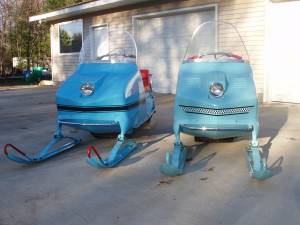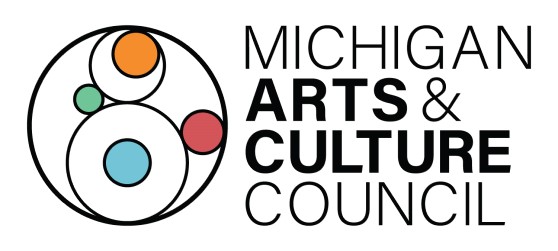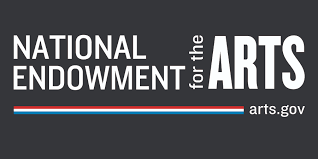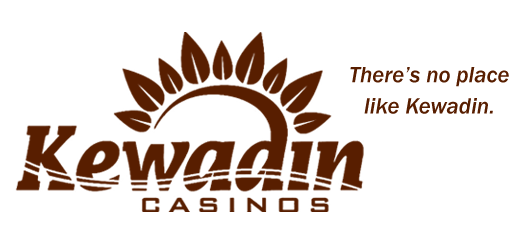
This story is about the lowly 1967 Polaris and how it was morphed into other private label brands so that other outlets could get in on the hot sales action. First, let's ask why Polaris Industries would want more competition? I guess that answer is simply that they were in the business of making and selling snowmobiles. I niche markets, in other countries, what was the problem with additional sales? What was the problem in selling left-over year end inventory to another marketer? The results are shown here, where the 1967 Eaton's Viking, the 1967 Eaton's Sno Trac, the 1967 Messelt Sno King and the 1968 Larson are compared and contrasted. Let's take a look at these KISSING COUSINS. 1967 Eaton's Viking: This is a Canadian model, made in the Polaris assembly plant in Beausejour, Manitoba. (Polaris was already assembling its Canadian sales stock in Beausejour to avoid hefty importation tariffs/duties.) Yes, Polaris had a network of Canadian dealers, but the T. Eaton Company was another powerful force in the Canadian retail trade. You see, Eaton's of Canada was equivalent to Sears-Roebuck south of the border. It was a household tradition, with both popular stores and catalogs that amounted to wish lists for consumers of all ages. In short, Eaton's offered unique sales exposure throughout Canada. Of course, the Eaton's model had to be visually distinct from the 1967 Polaris. Up in Beausejour, a different hood and a seat riser were placed on a Polaris Colt chassis. The paint scheme was blue-on-blue, both chassis and hood. PRESTO a different model targeted to a different audience. 1967 Eaton's Sno Trac In an unusual and bizarre move, the T. Eaton Company commissioned a second Polaris variant for its catalog sales. This model had a totally unique and impractical two-piece hood, different skis and motor to mate with the 1967 Polaris chassis and also made in Beausejour. This baby seemed to use some left over Hirth engines, outdated skis and other surplus parts from Polaris. 1967 Messelt Sno King Now here is a very interesting example of a KISSING COUSIN. Even the small town of Roseau Minnesota, literally in the back yard of the Polaris manufacturing plant, a local used car dealer wanted to offer the community a unique snowmobile. Mr. Messelt, owner of Messelt's Direct Service, conned Polaris management to make up about 27 unique clones of its 1967 Colt. Using the same basic hood design of the Canadian Eaton's Viking, the Snow King had a fuel filler out the hood. (It had a chassis mounted fuel tank, instead of the Polaris suitcase portable gas tank.) Moreover, the Sno King had an all rubber track. It can be said that the 1967 Messelt Sno King is the first Polaris with an all rubber, non-cleated track. 1968 Larson Here is where things get interesting. At this time, the owner of the huge Larson Boat Co. out of Little Falls, Minnesota was a minority owner of Polaris. At the end of the 1967 model run, Polaris had year end inventory of its Colt and Mustang models. It seemed logical for Larson to snap up this inventory and re-craft the machines into the 1968 Larson snowmobile line. They became the Larson Falcon, Hawk and Eagle. Larson could use a means to keep its boat manufacture employees busy during their off-season. Larson surely had capable fiberglass and upholstery divisions. It was a great fit. And while 1968 brought a new design at Polaris, its 1967 models lived on one more season at Larson. I hope you have enjoyed this example of the snowmobile boom years. Quite a contract to today when the industry has whittled down to four manufacturers. How things have changed! Special thanks to those who granted permission for the side-by-side photos. This includes Bill Haske of Wisconsin Rapids, WI with his 1967 Eaton's Viking and David Lee of Roseau, MN with his 1967 Messelt Sno King. Other examples by author.








Top of the Lake Snowmobile Museum
P.O. Box 2
W11660 US-2
Naubinway, MI 49762
Hours: 906 477-6298
Appointment: 906 477 6192
Copyright © 2009 - 2025 Top of the Lake Snowmobile Museum. All rights reserved.